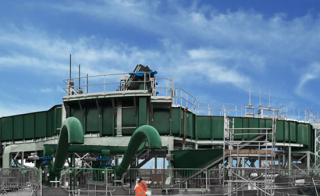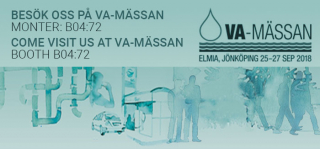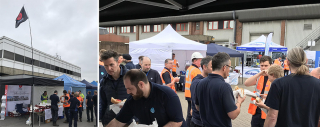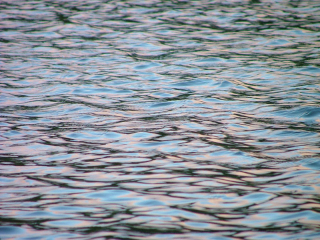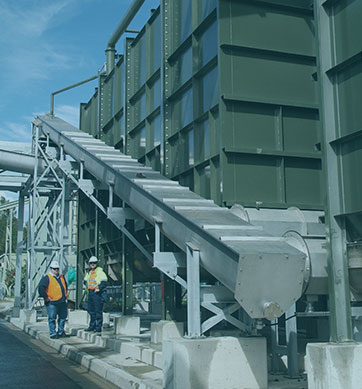- Asia Pacific News
- Europe News
- North America News
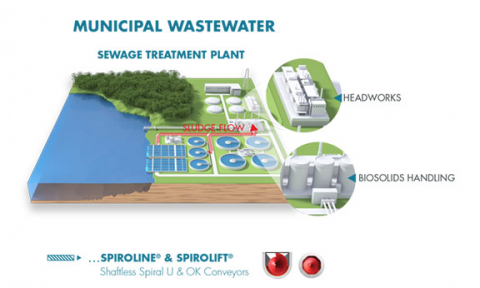
A typical sewage treatment plant uses a range of treatment processes to produce recycled water and biosolids. In wastewater treatment, the process can be divided into four steps: pretreatment, primary, secondary and tertiary treatments.
The first step is carried out by physical processes in order to prepare the water for subsequent stages. SPIRAC provides equipment for pretreatment which is also referred to as headworks. Coarse screening, fine screening, screenings conveying, washing and compaction, grit separation and washing, all assembled either as a pre-packaged headworks called COMBIGUARD or as a customized solution. The SPIRAC headworks packages have been continuously improved and a variety of models and sizes are available to provide operators the optimum solution for their specific requirements. The primary, secondary and tertiary wastewater treatment process creates dewatered sewage sludge. Dewatered sludge (or biosolids) are the residual solids that are collected from the final wastewater treatment process to be trucked to landfill or used for beneficial agricultural purposes. SPIRAC's product range includes equipment to convey, store and transport dewatered sludge.
Below a graphic, that demonstrates a typical sewage treatment plant and how the SPIRAC equipment fits in the process.




